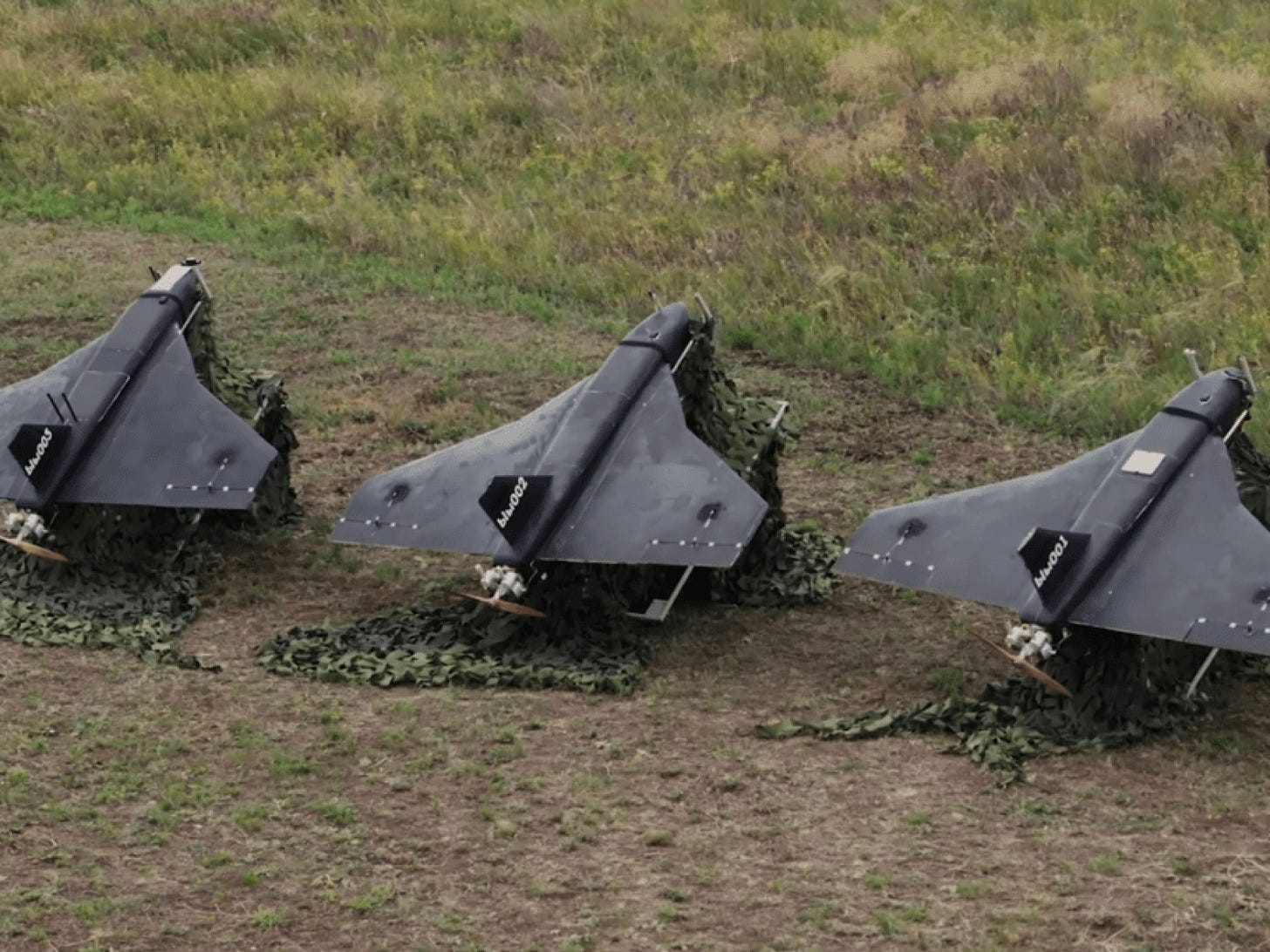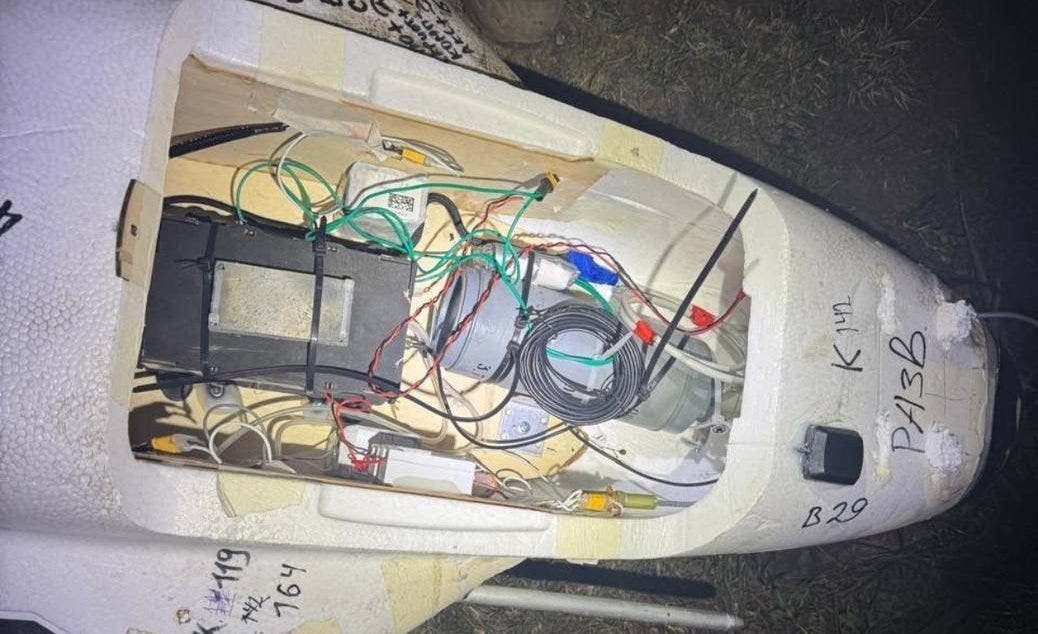Mesh Network Device Discovered in Russian Gerbera Decoy Drone
Are the Russians experimenting with swarm warfare?

There’s a saying among drone engineers: “Anything with wings, a Wi-Fi card, and enough duct tape can change the battlefield.”
Okay, maybe that’s just me.
It started, as these things often do, with a photo. Ukrainian radio technology specialist Serhiy Beskrestnov, better known in drone-nerd circles as “Serhiy Flash,” posted images of a downed Russian Gerbera decoy UAV shot out of the sky somewhere over Ukraine. The most interesting part wasn’t the foam-and-plywood airframe, or even the warhead jammed into the nose. It was what Flash found tucked inside the electronics bay: a Chinese-made mesh network industrial router, humming away in the ruins.
This is a small story with big implications. Let’s start with the hardware. The device in question is a wireless industrial router, the HX-50 series, built by Shenzhen Sinosun Technology Co., Ltd. It’s an off-the-shelf bit of Chinese electronics, the kind you’d find powering security cameras in a warehouse, not flying over a war zone. But war is nothing if not the world’s messiest field test for consumer tech.
So, what’s so special about mesh networking?
Picture a swarm of drones flying into a city at night, jamming airwaves and dodging interception. Instead of relying on a single radio link between the drone and its operator, mesh networking lets each drone relay data to its neighbors.
If one gets blown out of the sky, the others keep passing the signal. If a jamming truck blocks one frequency, the network reroutes around it. It’s the kind of resilience you want in a system where losing a few nodes is not just possible, but expected.
The HX-50 router specifically can work in both 2.4 GHz and 5.8 GHz bands, supports both Wi-Fi and 4G/5G, and can connect to Ethernet for ground control or command van setups. The company says it can handle high-def video, voice, and data, with coverage for about 50–100 square meters per node. It’s rugged, can handle temperature extremes, and works in messy environments, which, let’s be honest, is the bare minimum for war in 2025.
Why Mesh Networks on Drones Are a Big Deal
I have yet to write a deep dive into swarm warfare, but it’s probably time to start discussing it (at least here at my publication).
Keep reading with a 7-day free trial
Subscribe to Eyes Only with Wes O'Donnell to keep reading this post and get 7 days of free access to the full post archives.



